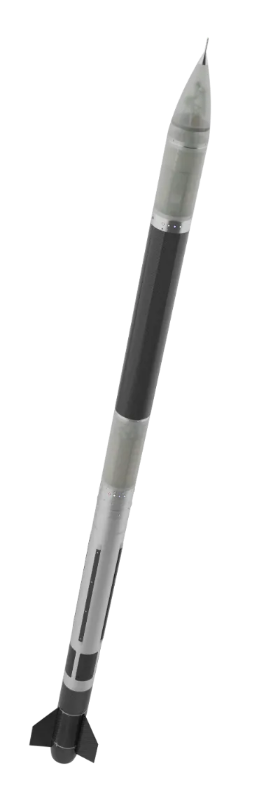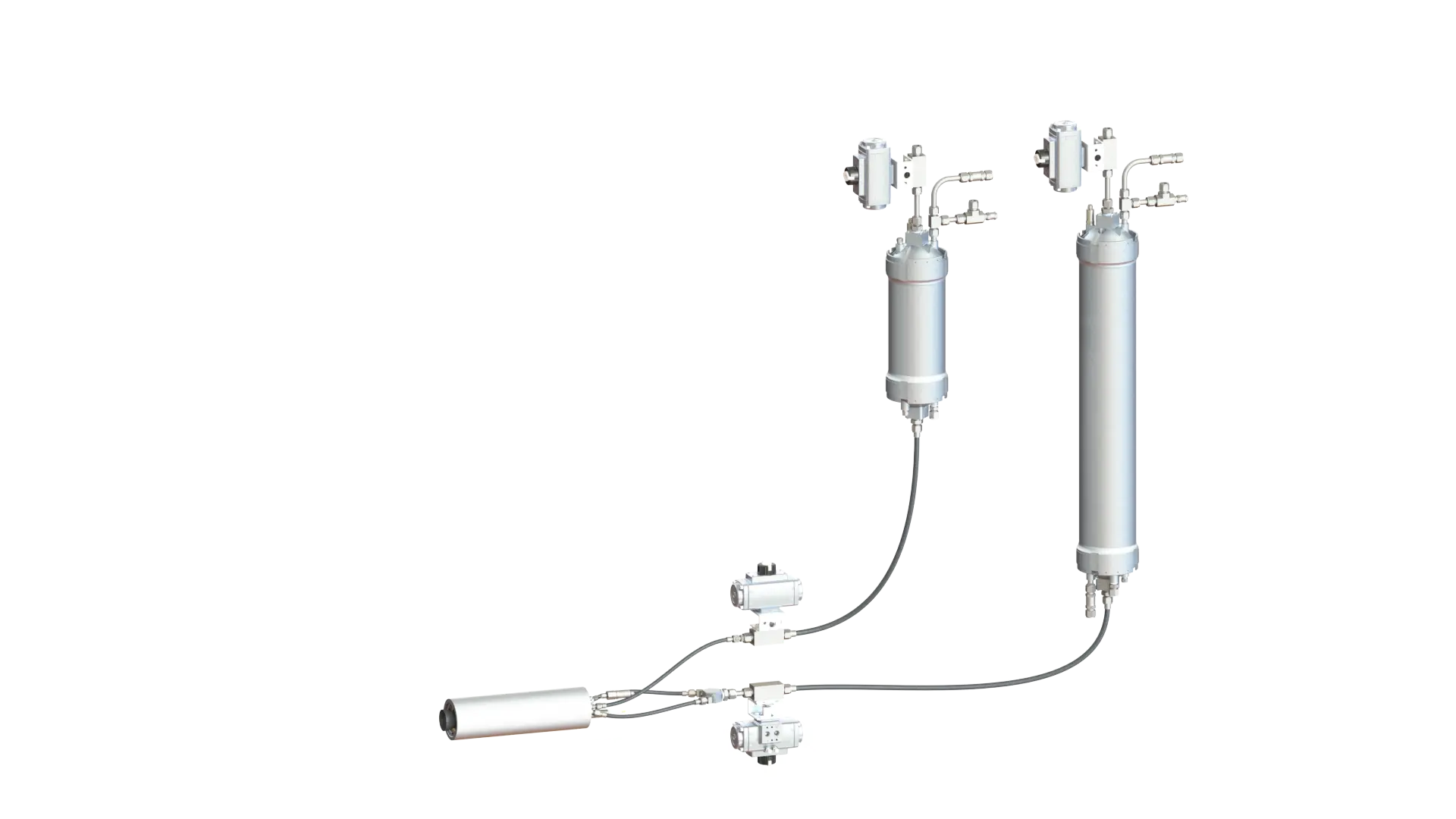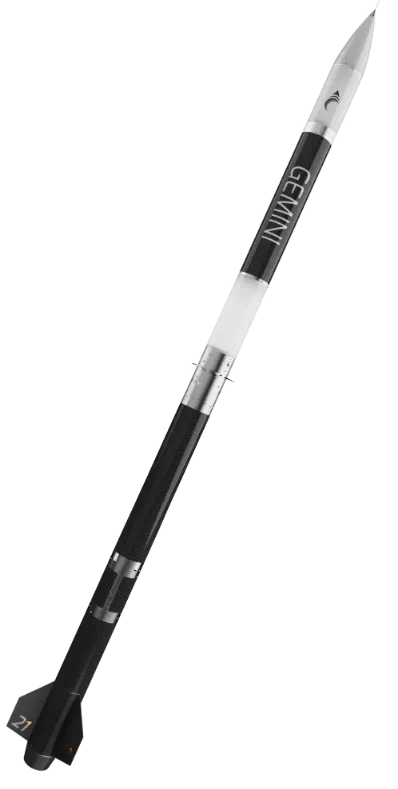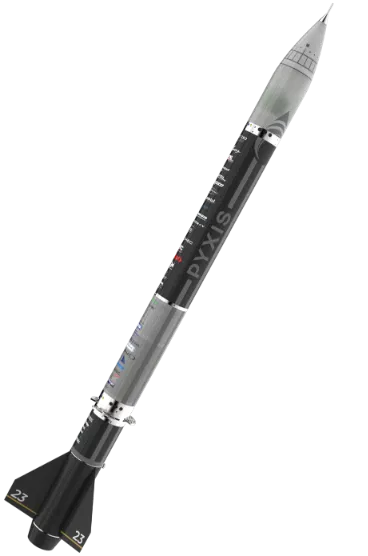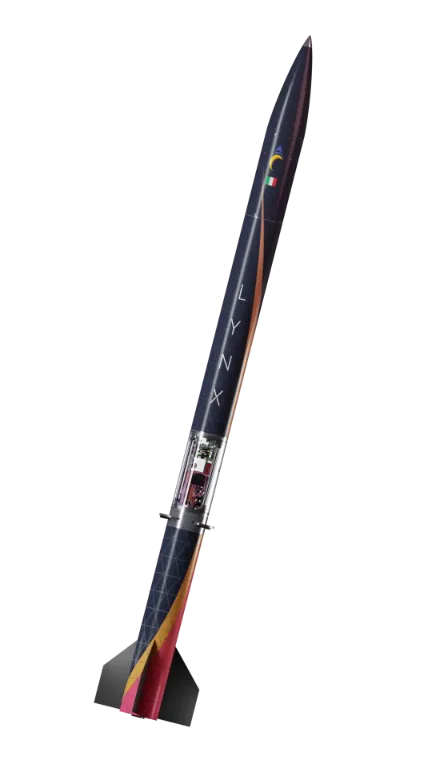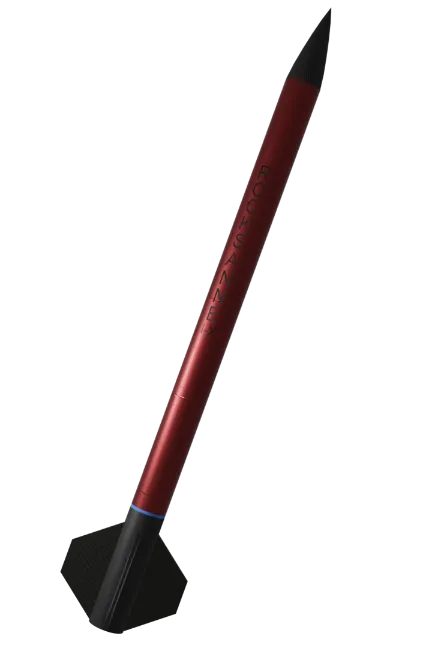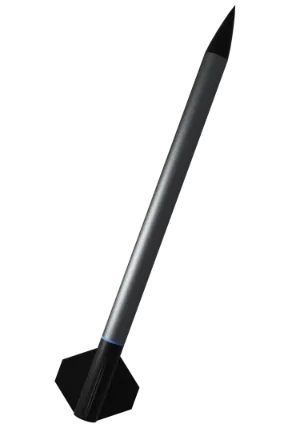ORION
Orion is the fifth rocket of Skyward Experimental Rocketry’s Constellations Program, designed to perform in the 3000m Hybrid category at EuRoC 2025. While inheriting the technical legacy of Gemini and Lyra, Orion represents an evolutionary leap in robustness and efficiency. Featuring a full Carbon design with refined aerodynamics and a tapered tail, it integrates a nitrogen pressurization system and completely renewed avionics for the first time. However, the true essence of Orion lies in its operational resilience. At EuRoC 2025, following a non-nominal first launch caused by an engine anomaly, the rocket was recovered, overhauled, and relaunched in less than 26 hours. This second flight bordered on perfection, reaching an apogee of 2990.6 meters—less than 10 meters off-target—and landing just 18 meters from the objective thanks to the guided parafoil system. Awarded the Design Award for its exceptional engineering and rapid reusability, Orion is not just a rocket; it is a testament to Skyward’s ability to innovate, adapt, and deliver precision under pressure

